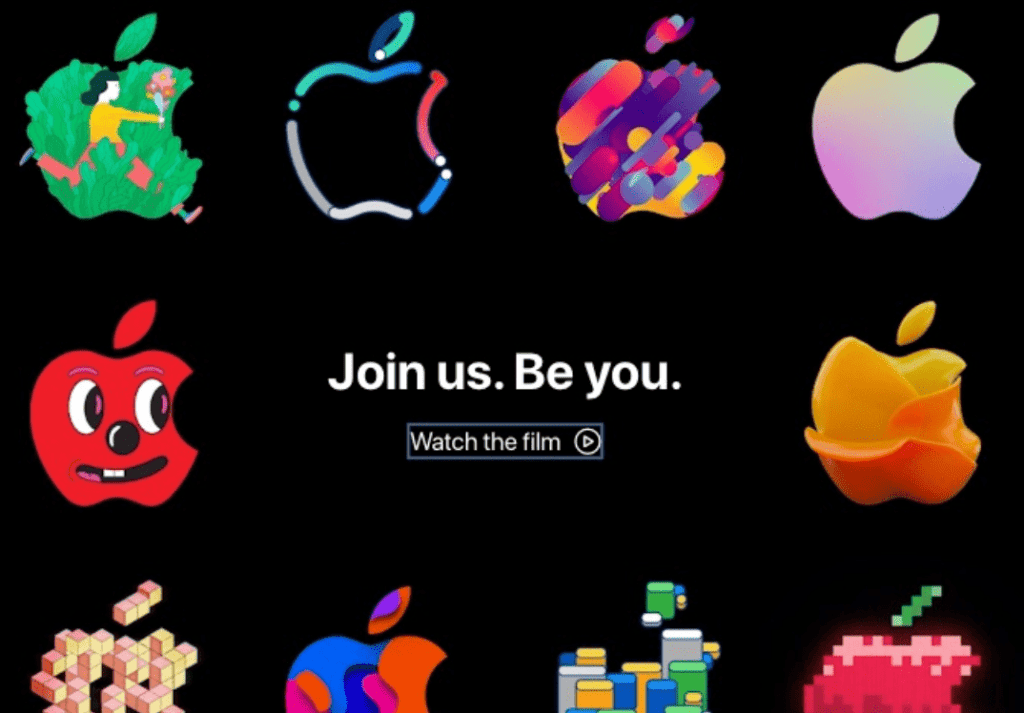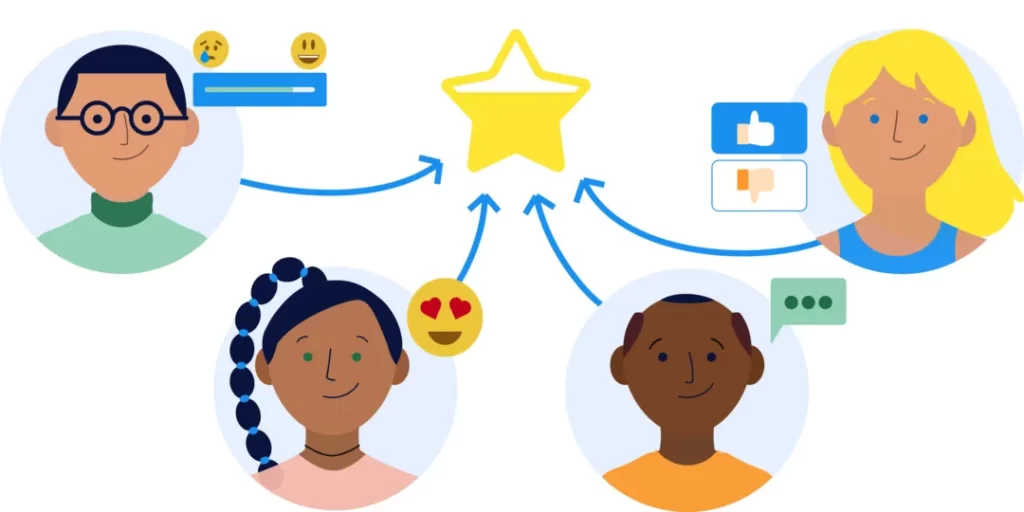6 Employee Engagement Strategies That Work
Employee engagement has become a top priority for human resources departments and business leaders. With good reason – engaged employees are more productive, drive higher customer satisfaction, and boost bottom-line results.
But more than attracting top talent is needed in today's competitive talent market. You need strategies to engage them for the long term. This allows you to retain your best people while enabling them to reach their full potential.
Through extensive research, we’ve identified six powerful employee engagement strategies to spark and sustain workforce morale. Apply these strategies, from culture building to performance management, to inspire your team.
Table of Contents
What is Employee Engagement?

Employee engagement refers to an employee's emotional commitment to the organisation and its goals. Engaged employees care about the company's future and are willing to invest discretionary effort to see it succeed.
The key attributes of an engaged worker include:
- Enthusiasm for their role and the organisation
- Understanding of business context and strategy
- Willingness to go above and beyond
- Pride and sense of ownership in work product
- Feeling that their contribution matters
Gallup defines engaged employees as those “involved in, enthusiastic about and committed to their work and workplace.” Companies with high engagement benefit from higher productivity, profitability, safety records, and talent retention.
Why is Employee Engagement Important?
Investing in employee engagement strategies pays actual dividends. Gallup has consistently found engagement is linked to key performance outcomes:
- 17% higher productivity
- 10% higher customer metrics
- 21% higher profitability
- 41% lower absenteeism
- 24% less turnover
With numbers like these, it’s no wonder that employee engagement correlates strongly with financial performance. Organisations ranking in the top quartile of Gallup’s global employee engagement study enjoyed 23% higher profitability than those in the bottom.
Beyond performance, engagement also directly impacts the employee experience. Engaged employees find greater meaning and fulfilment in their work. Gallup data shows these workers have:
- 43% less stress
- 73% less burnout
The benefits of employee engagement are clear. Next, we’ll explore strategies to actively improve engagement across the workforce.
Employee Engagement Strategies

There is no one-size-fits-all approach to employee engagement. Effective strategies require understanding the root causes within each unique organisation. However, research points to six foundational areas that influence engagement:
We’ll explore specific tactics within each element to drive engagement.
1. Leadership & Managing Change
The #1 determinant of employee engagement is the relationship with one’s manager. Leaders set the tone and shape the day-to-day work experience. Key strategies include:
Open communication:
- Provide context for change
- Explain the reasoning behind decisions
- Solicit input and feedback
Transparency & trust:
- Communicate strategy and progress
- Admit mistakes sincerely
- Follow through on commitments
Coaching & development:
- Support growth with training opportunities
- Offer frequent feedback and mentoring
- Help align employee strengths to roles
Empowerment in change:
- Involve staff in shaping changes
- Delegate authority appropriately
- Recognise extra effort
Role model desired culture:
- Embody company values personally
- Praise others sincerely
- Maintain calm positivity in adversity
With solid leadership guiding change, employees gain trust, tools, and insights to navigate turbulence.
2. Embedding Purpose
Employees want their work to matter. Gallup found the odds of engagement climb nearly threefold when one understands the impact of their role. Strategies to embed purpose include:
Connect work to mission:
- Explain how every role ladders up to the overall vision
- Repeat why the company exists and its meaningful impact
Localise global goals:
- Break down big-picture plans by department and role
- Set regular check-ins on contribution progress
Spotlight client & social impact:
- Share specific examples of products improving lives
- Celebrate client testimonials
- Feature employee volunteer activities
Personal progress tracking:
- Help individuals set measurable impact goals
- Automate customised engagement analytics
- Send notifications when milestones are achieved
With purpose embedded, mundane tasks become steps towards meaningful outcomes.
3. Promoting Wellbeing

Burned-out employees operate in survival mode, unable to find purpose or engagement. Leaders must safeguard staff wellbeing by:
- Monitoring workload appropriately
- Discouraging overwork hero culture
- Role modelling healthy behaviours
- Providing mental health supports
- Accommodating unique needs & challenges
Beyond work conditions, companies can promote holistic wellness through:
Flexible arrangements:
- Support alternative locations/schedules
- Permit use of leave and PTO
- Provide duties autonomy where possible
Health resources & incentives:
- Offer fitness reimbursements/challenges
- Provide nutritious meal options
- Host wellness seminars and events
- Reward preventative care participation
Onsite amenities:
- Provide mothers’ rooms and wellness spaces
- Maintain recreational spaces
- Organise office sports teams & leagues
Well-supported employees can find meaning in their contributions.
4. Facilitating Social Connections
Humans are wired for social bonds. Gallup found having a best friend at work makes one seven times more likely to be engaged. Strategies include:
Bonding activities:
- Organise trivia/games/potlucks
- Sponsor office sports & activities
- Kickstart inside jokes and traditions
Structured socialising:
- Schedule team lunches/coffees
- Host “get to know you” sessions
- Assign peer mentors to new hires
Digital communities:
- Build chat channels around interests
- Enable group messaging by function
- Encourage the use of company feed
Workspace design:
- Create collaboration zones
- Use hotdesking to mix up teams
- Keep remote workers visible on-screen
Meaningful connections, both in-person and digital, satisfy our core belonging needs.
5. Structuring Work
Employees want to contribute wholeheartedly, unimpeded by needless bureaucracy or dysfunction. Critical areas for improvement include:
Efficient processes:
- Reform broken and bureaucratic systems
- Eliminate low-value make-work
- Provide self-service workflow automation
Intentional organisation:
- Align teams effectively to strategy
- Break down silos preventing collaboration
- Diagnose and resolve friction points
Lean operation:
- Empower small agile teams
- Maintain a flat structure without micromanagement
- Trust employees’ expertise
Smart policies:
- Standardise what makes sense
- Customise to maximise outcome
- Change legacy rules causing problems
With structured systems supporting their efforts, employees can fully activate their talents.
6. Offering Development & Growth
Employees who stagnate quickly disengage. Challenges and career development opportunities are top drivers of engagement. Tactics include:
Tailored training:
- Conduct skills assessments
- Create personal development plans
- Sponsor desired education
Job rotation:
- Facilitate lateral moves between teams
- Allow short-term project assignments
- Have employees job shadow
Acceleration options:
- Provide clear criteria for promotions
- Develop high-potential tracks
- Enable stretch goal-setting
New assignment visibility:
- Notify teams of special projects
- Post unique role openings externally
- Publicise talent program nominations
With abundant development options, employees can see a long-term future with the organisation.
Measuring Engagement

After identifying strategies, companies must deploy robust tools to measure employee engagement and effectively track interventions' impact.
Conduct Anonymous Pulse Surveys
Short, frequent pulse surveys provide better insights than occasional lengthy reviews. Leaders should measure:
- Satisfaction with growth trajectory
- Comfort approaching manager
- Belief work contributes to the purpose
- Perceived stresses and obstacles
- Willingness to recommend employer
Monitor Productivity Signals
IT systems provide engagement indicators without directly asking:
- Project progress velocity
- Email open rates
- Training module completion
- Badge certifications earned
Use Spot Awards Data
Peer recognition reveals social connections and perceived impact:
- Badges sent and received
- Comments left with kudos
- Articles/photos posted
Observe Voluntary Behaviours
Choices like these demonstrate discretionary effort:
- Attending optional meetings
- Covering for teammates
- Making suggestions for improvement
- Participating in employee resource groups
- Mentoring and recruiting peers
Analyse Exit Interviews
Understand why people ultimately leave by evaluating patterns in exit interviews:
- Reasons cited for resigning
- Department and manager trends
- Perceived lack of growth/purpose
- Strengths employees will miss
Link Analytics to Strategy
- Establish key engagement metrics for each intervention
- Continuously measure the impact on those KPIs
- Course correct strategies not demonstrating results
- Celebrate and scale tactics driving desired effects
With rigorous measurement grounded in behaviour, companies can fine-tune approaches to maximise engagement lift.
Sustaining Engagement
Like culture, engagement requires ongoing investment and maintenance. Leaders must continue tending the garden through good times and bad. Critical principles for sustaining engagement include:
Keep it human – Engagement is ultimately about how work makes people feel. No dashboard replaces human conversations and empathy. Get out on the floors, stay curious about staff lives, ask questions, and listen.
Stay consistent – Trust erodes quickly when leaders say one thing and do another. Set realistic expectations, then meet them with transparency even when complex. Deliver developmental feedback consistently.
Customise the approach – General strategies must morph to meet the dynamics of each team. Ideas shouldn’t be forced in a one-size-fits-all manner but tailored and voluntary. Meet people where they are.
Walk the talk – The best way to influence culture is by role-modelling desired habits. When leaders embody engagement practices personally, they permit others to follow.
Maintain enthusiasm – Employees pick up on managers' attitudes quickly. By projecting positivity and commitment daily, leaders inspire it across the organisation. Make celebrations enthusiastic and sincere.
Double down when times are hard – Engagement suffers without extra care in adversity like layoffs or scandals. Over-communicate context, listen empathetically to concerns and provide developmental support. Don't go silent.
With deliberate, sustained effort applied to these fundamentals, any company can transform its culture into one marked by employee energy, purpose and commitment.
Conclusion
The benefits of an engaged workforce make employee engagement strategies a top priority. Organisations must holistically build trust, strengthen social bonds, provide means for growth, and nurture staff wellbeing.
Companies can realise incredible productivity, innovation, and Purpose gains with care and effort devoted to putting humans first. Employees find deeper meaning when their whole selves are welcomed and cared about.
The great resignation proves professionals increasingly know their worth and will no longer accept less. Leaders have a meaningful opportunity to double down on employee engagement as the market demands it.
Those putting in the work will discover immense returns awaiting them on the other side.
Frequently Asked Questions
What are the key drivers of employee engagement?
The top drivers are trusting relationships with leaders, work matching talents and passions, feeling appreciated and cared for, having strong social connections at work, and seeing clear development opportunities ahead.
How is employee engagement measured?
Engagement is measured through pulse surveys, productivity data, peer recognition behaviour, voluntary participation rates, exit interview patterns, and other behavioural signals demonstrating discretionary effort and commitment to the organisation.
How often should you measure engagement?
Given the importance of employee engagement, measurement should occur continuously through automated tracking where possible. Broad pulse surveys should happen quarterly to spot any areas of concern.
What happens when engagement efforts fail?
When engagement interventions fail to land or move the needle, leaders should reevaluate their approach rather than blame employees. Well-designed strategies appropriately tailored to teams should demonstrate incremental impact if implemented sincerely. The need for more response indicates a need for tweaks and reassessment.
How can you tell your culture struggles with engagement?
Signals of low engagement include a lack of excitement about work, missing context on decisions, low transparency, high absenteeism, low productivity, lack of collaboration between teams, and frequent complaints about ineffective processes or leadership. Employee turnover also typically rises.
